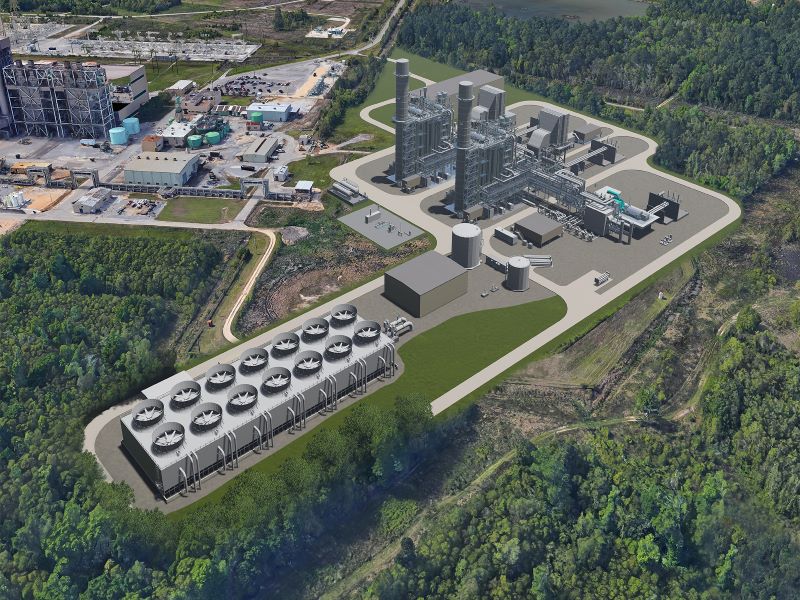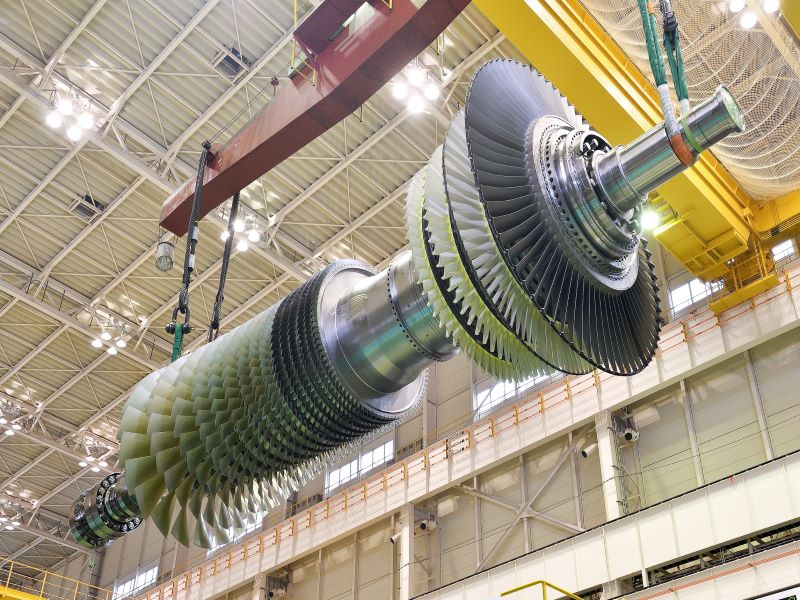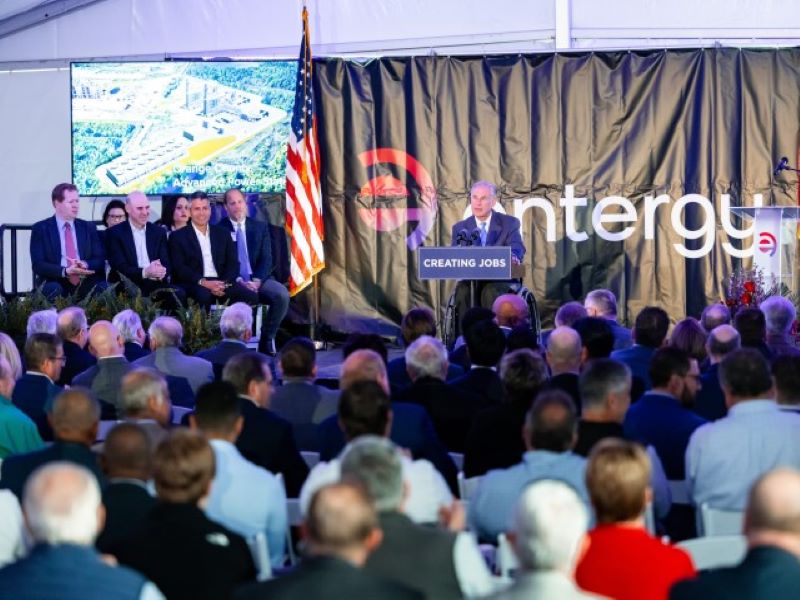The 1.21GW Orange County Advanced Power Station (OCAPS) is a combined-cycle turbine power plant developed in Texas, US, by Entergy Texas, an energy company subsidiary of Entergy.
The plant is being built to meet the increasing demand for clean power across southeast Texas. It is expected to cater to the clean power needs of more than 230,000 households and support the nation’s vision to achieve net zero carbon emissions by 2050.
The project is expected to create 7,000 direct jobs during construction and 27 permanent jobs following completion. It is also expected to contribute about $1.8bn to the regional economy.
Construction of the OCAPS facility began in April 2023, following the approval from the Public Utility Commission of Texas to build the plant in November 2022.
Expected to start operating in 2026, the plant has an operational life of 30 years.
Location
The Orange County power station is being built on 26.2 acres of land adjacent to the site of Entergy Texas’ existing Sabine power station situated in Orange County, near Bridge City.
Co-locating the new plant with the existing power generation facility is expected to reduce the effect on the environment.
The location is close to hydrogen producers, as well as pipeline and storage facilities and off-takers.
OCAPS make-up
The OCAPS facility will use a combination of natural gas and hydrogen as fuel. It is expected to replace the Sabine plant’s ageing generating units (units one, two and four), which are planned to be retired and decommissioned.
The power station will be equipped with a power train comprising two M501JAC air-cooled gas turbines, a common steam turbine generator, a heat recovery steam generator (HRSG) and an advanced control system.
The M501JAC gas turbines will be arranged in a 2 x 1 combined-cycle configuration. The turbine has the capacity to generate power between 484MW and 664MW in a 1×1 combined-cycle configuration and between 971MW and 1,332MW in a 2×1 combined-cycle system.
It uses an air-cooled system for the combustors instead of a steam-cooled system. The gas turbine will be suitable for using dual fuels and combusting natural gas with up to 30% hydrogen.
The turbine equipment can support conversion into 100% hydrogen-powered operations in the future.
The J series gas turbine weighs 347t and has a rated speed of 3,600rpm. It measures 15m (49.21ft) long, 5.6m (18.4ft) wide and 5.6m (18.4ft) high. The gas turbine can operate at a turbine inlet temperature of 1,600°C.
Emergency engines
Four diesel-fired emergency engines, including a generator engine, a firewater pump engine and two fire protection generator engines, will support the power station’s operation.
The 2,922hp emergency standby generator engine will help maintain the power supply for the operation of critical systems when grid power is lost.
The 327hp emergency firewater pump engine will serve as a backup firewater pump to meet the fire protection requirements.
The remaining two engines will be installed to maintain a reliable power supply to operate the fire protection system for the combustion turbines.
Orange County Advanced Power Station construction
The development includes modifications and upgrades to the existing infrastructure of the Sabine power station.
Modifications will be performed to the transmission line, with about 1,800ft of an existing 138kV transmission line along the eastern edge of the facility to be relocated.
The substation/switchyard modifications will help to tie in the new transmission lines.
Dredging will be conducted in the existing Sabine discharge canal to allow the passage of tugboats and barges for the delivery of construction equipment to the barge unloading area along the canal.
Works also include modifications to the natural gas pipeline, a hydrogen pipeline and interconnection construction and potential onsite and offsite compressor stations.
Fuel supply
Modifications may be performed to the existing natural gas pipeline header. A 22.53km-long new natural gas pipeline will be built to supply fuel to the power station.
The infrastructure will also include a new hydrogen pipeline to supply hydrogen fuel to OCAPS.
Hydrogen for fuel will be stored in Entergy Texas’ nearby facilities, such as the Spindletop storage facility in Beaumont, Texas.
Grid connection
The power station will be connected to the grid utilising the existing 138kV transmission line and the 230kV transmission switchyards located at the site of the Sabine power station.
Emission control measures
The emissions from the project will be mitigated by adopting dry low-nitrogen oxide (NOx) burners to reduce NOx emissions.
An oxidation catalyst will be used to reduce the emission of volatile organic compounds (VOC), carbon monoxide (CO) and hazardous air pollutants (HAP).
The use of aqueous ammonia injection and selective catalytic reduction (SCR) technology in the HRSG stacks is expected to further control NOx emissions from the operation.
The cooling towers will be equipped with drift eliminators to decrease particulate matter emissions.
Contractors involved
A consortium of Mitsubishi Power Americas, the power solutions brand of Mitsubishi Heavy Industries, Sargent & Lundy, a power and energy company and TIC, a construction services provider, was awarded the contract to provide engineering, procurement and construction (EPC) services for the project in March 2023.
Sargent & Lundy is responsible for providing engineering services for the project. TIC is responsible for the construction of the power station while Mitsubishi Power will provide the hydrogen-capable power train.






